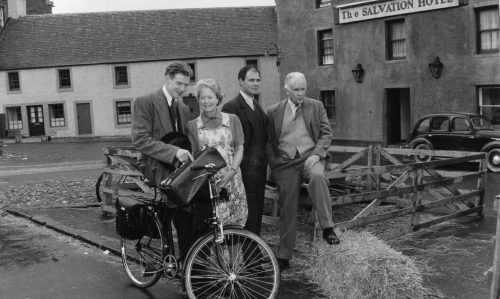The History of Auchtermuchty
Former home of the Skinner Family
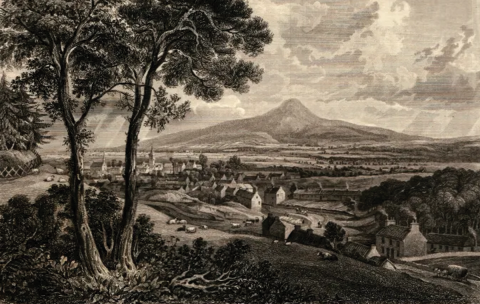
When we first began researching our Skinner family history, we believed their roots lay in Newton of Falkland, Fife. But as our research unfolded, we were drawn a little further west – toward the historic town of Auchtermuchty. This former royal burgh, tucked into the gentle folds of the Fife countryside, turned out to hold the origins of our family’s story. Auchtermuchty is located 9 miles north of Glenrothes and 15 miles southwest of Dundee.
Our connection to Auchtermuchty was brought to life through a rare book titled ‘Our Town and Some of its People: Sketches of Fife Folk’, written by John Menzies and published in 1894. Menzies, who had married into the Skinner family, devoted a chapter to his new relations – referred to under the pseudonym “the Tanners.” We are fortunate to have a copy of this scarce volume in our family archive.
Ravenshall
The book paints a rich picture of the Skinners’ life at Ravenshall, a modest croft straddling the boundary between Auchtermuchty and Falkland, comprising 15 acres of sandy arable land. Menzies provides glimpses into the lives of several ancestors, including the grandfather John Skinner, described as “a peasant of the nobler sort,” his wife Margaret Stocks, and their son Robert Skinner, who “toiled afield and at the loom” and married Mary Watt. All seven of their children were raised at Ravenshall and were described in the book.
Ravenshall has long ceased to exist, but the field where it once stood is still there, forming part of a neighboring farm. With these discoveries in hand, we were inspired to explore more about Auchtermuchty itself – its history, its people, and the role it played in shaping our family’s past. Auchtermuchty, whose name likely comes from the Gaelic ‘Uachdar Mucadaidh’ meaning ‘upland pasture of swine,’ has a history stretching back over a thousand years with archaeological traces suggesting prehistoric settlement.
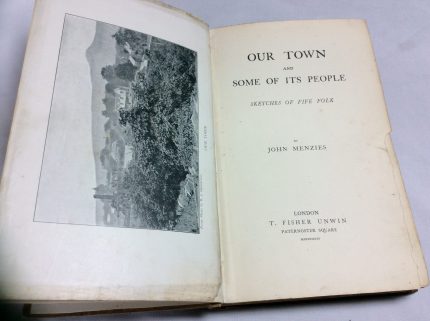
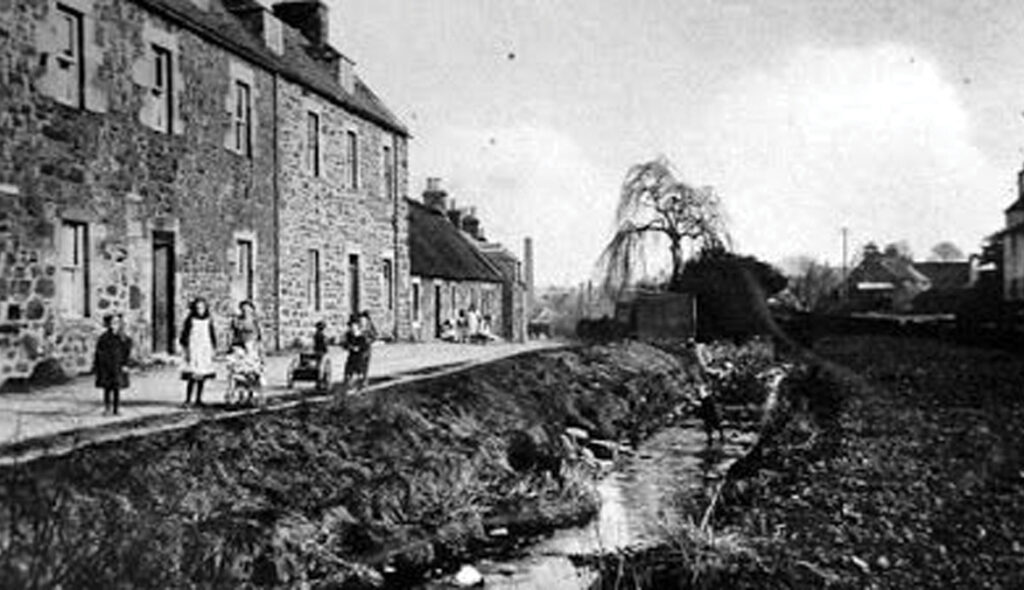
A history of Auchtermuchty
In the year 1205 the King of Scotland granted the lands of Auchtermuchty to the Earl of Fife. At this time Auchtermuchty was a small farming community and farm workers were paid for scything, lifting and carrying hay. By the beginning of the 16th century Auchtermuchty appears to have developed into a significant community as the result of increased commerce and trade generated by the royal court at nearby Falkland Palace.
James IV granted Auchtermuchty royal burgh status, allowing it to hold markets and self-govern. This established it as a commercial and administrative hub in Fife and bakers, mealmakers, brewers, fleshers, fishmongers and all other tradesmen were allowed to set up business in the town. In return for all these privileges the people of Auchtermuchty were contracted to pay taxes and dues to the king. The town adapted to the Reformation in the 16th century and became known for its strong Presbyterian identity.
The Growth of Muchty
From 1760s to 1821 the population of Auchtermuchty doubled to 2,700 people due to the boom in handloom weaving and skilled weavers moved to the town for employment. Handloom weaving prospered and weavers had a good standard of living and contributed significant taxes to the Burgh Council. The boom collapsed once mechanised weaving frames were introduced, operating out of nearby larger towns. Handloom weaving never recovered and the last working loom in the town ceased to operate in the 1880s.
In the early 18th century, the firm of John White was established, bringing the town its first foundry (eventually there were two). The town also had a distillery – Stratheden Whisky Distillery, set in the town centre – from 1829 to 1926, which closed when Prohibition in the United States drastically reduced demand.
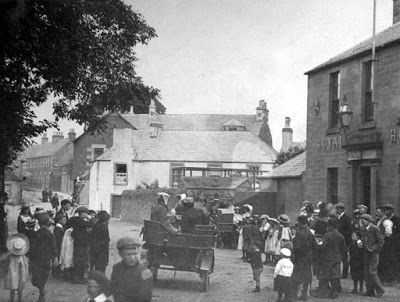
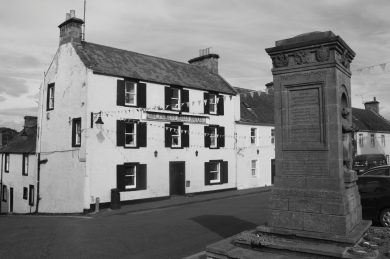
Historic Buildings
The old part of the town is based around a hill. The twisting streets here contain a wealth of buildings dating from the 17th and 18th centuries, centred on a medieval peel tower (now forming part of the town library). The town war memorial is of note and is an unusual design by the architect Reginald Fairlie, portraying a Scottish soldier with head bowed – rather than the triumphant figures of neighbouring villages – reflecting the huge loss suffered during the Great War.
The parish church, dating to the 13th century (rebuilt in the 19th), is surrounded by a kirkyard that holds generations of local families, including several Skinner graves. A more modern cemetery, dating from around 1910, lies to the southeast of the town, partly concealed by industrial units. Maps from the mid-19th century show no fewer than five churches in use at one time.
The Town Today
Today, Auchtermuchty is a quiet but thriving community. Situated in the Scottish countryside, it maintains a strong sense of community, supporting several sports clubs and an active theatre group. The town is known for its connection to the musical duo The Proclaimers and also features a statue of local musician and band leader Sir Jimmy Shand.
Auchtermuchty still features its medieval street pattern, old stone houses, and the iconic 1728 Town House and the streets were used as a filming location for the ITV series ‘Dr. Finlay’s Casebook’. While there is a modest range of local industry, most residents of working age now travel outside the town for employment. The town is a popular stop for tourists, and we are looking forward to continuing our research in person when we visit in March 2026.
